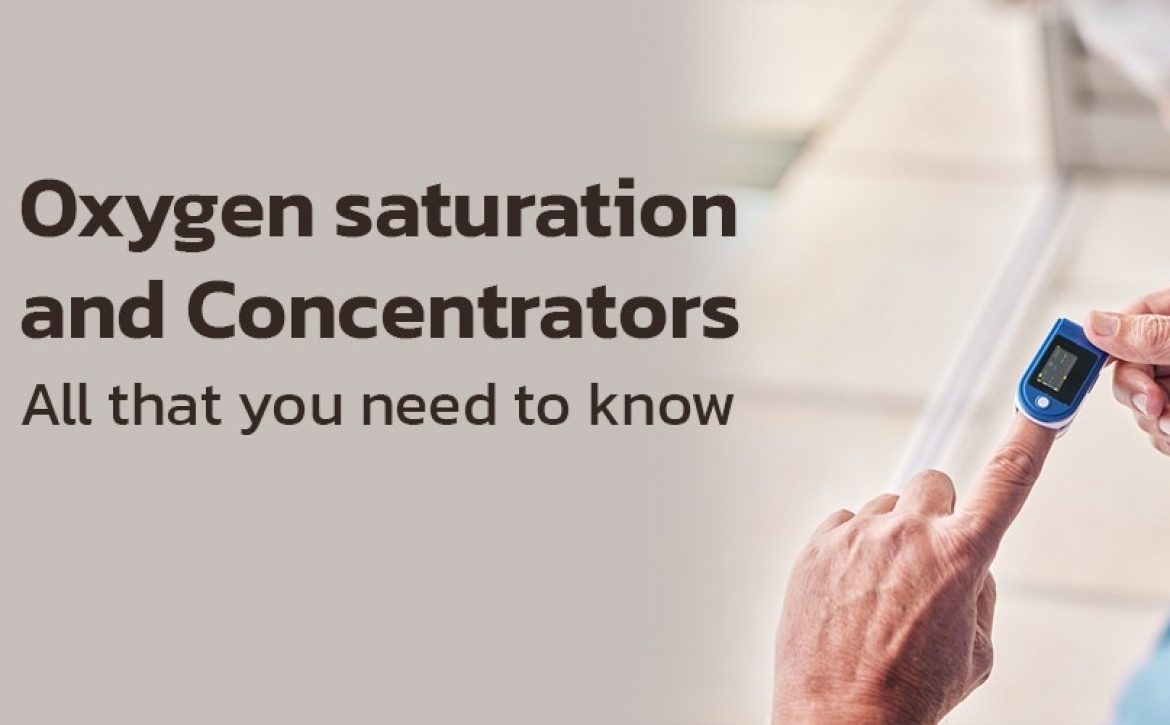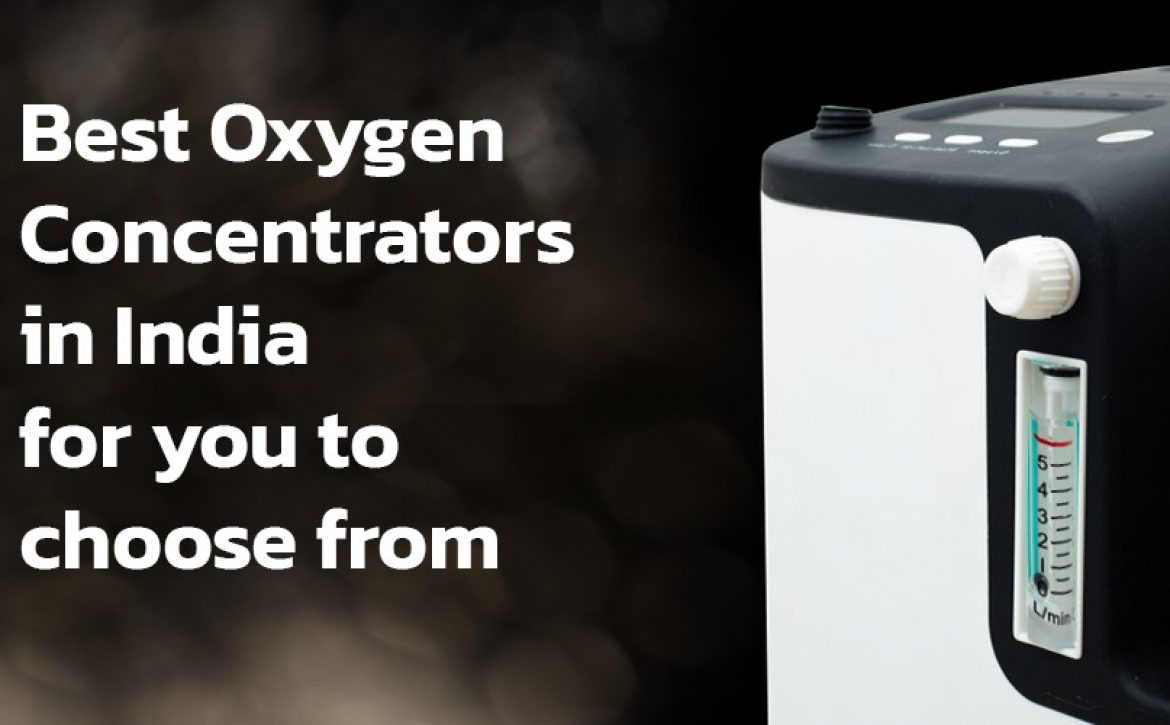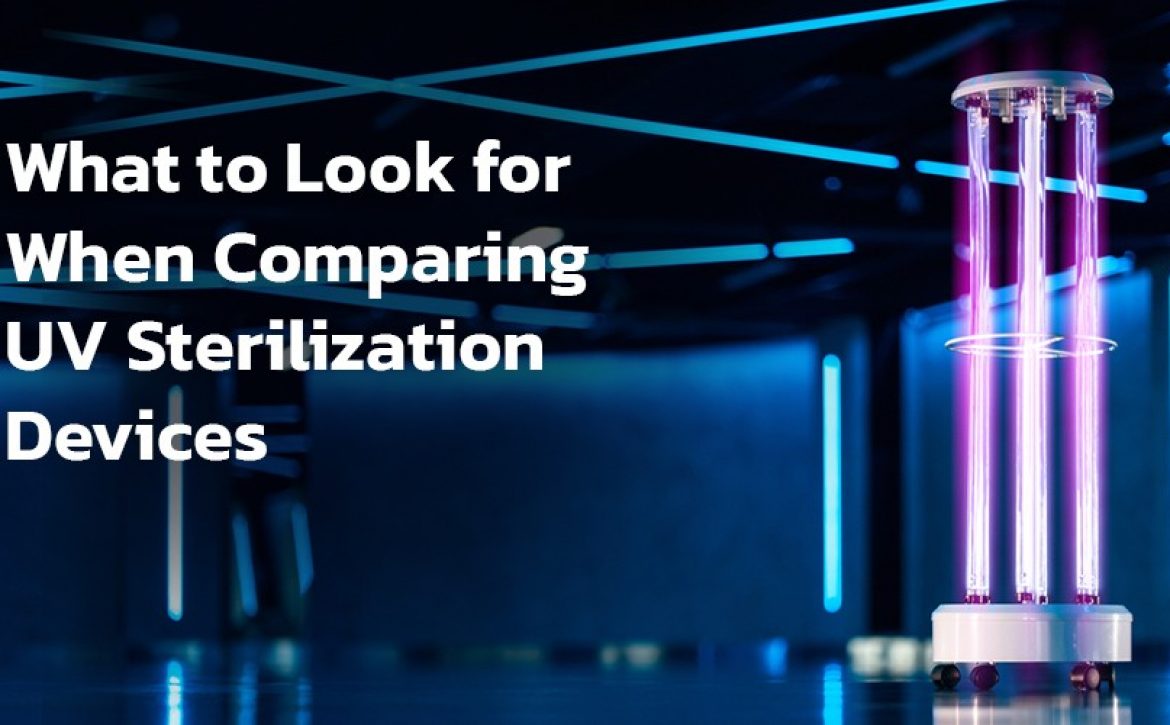Oxygen Saturation and Concentrators, All that You Need to Know
The oxygen saturation levels in the blood that pass through the arteries of the body are known as blood oxygen levels (arterial oxygen). The oxygen and carbon dioxide levels in blood collected from an artery can be evaluated before they enter body tissues in an ABG test. The blood will be injected into an ABG machine (blood gas analyzer), which will provide you with a partial pressure of oxygen in your blood.
What are the Ideal Oxygen levels?
An equipment called a pulse oximeter can also be used to test blood oxygen levels.
- A pulse oximeter’s typical oxygen levels are normally between 95 and 100 percent.
- A blood oxygen level of less than 90% is considered low (hypoxemia).
ABG testing is commonly used to diagnose hyperoxemia, which is defined as blood oxygen levels above 120 mmHg. This is especially common in hospitals where patients are exposed to high supplementary oxygen pressures for long periods of time (3 to more than 10 hours).
By extracting blood from an artery in the wrist, elbow, or groin, you can examine your blood oxygen levels. When the needle enters the artery, you may experience a sharp pain. An ABG machine (blood gas analyzer) will be used to determine your blood oxygen levels in the form of partial pressure of oxygen (PaO2).
Use a pulse Oximeter to keep a tab on your Blood Oxygen Levels
A pulse oximeter is a compact, portable medical equipment that can be used anywhere. It’s most typically utilized when doctors need to swiftly determine your blood oxygen levels. It can also be used to track how your body reacts to specific drugs or extra oxygen. SpO2, or percent saturation of oxygen in the blood, is a measure of blood oxygen levels.
Blood oxygen levels are measured using a variety of ways. The most frequent methods for estimating oxygen saturation levels are blood tests and pulse-oximeter monitoring. Adults’ oxygen saturation (SpO2), or the amount of oxygen in their blood, should be between 95% and 100%. Hypoxemia is defined as a SpO2 level below 90%. The usual SpO2 range of 95 percent to 100 percent does not apply to persons with chronic lung diseases and other breathing issues. Individuals in this situation should speak with their doctors to identify the appropriate oxygen levels for their particular health situation. If blood oxygen saturation falls below 80%, it may affect heart and brain function, potentially leading to respiratory problems.
Oxygen concentrators are designed to supply oxygen to individuals affected with chronic obstructive pulmonary disease (COPD) as well as chronic hypoxemia and pulmonary edema in higher concentrations.
Pulse oximetry is a test that uses a pulse oximeter to detect blood oxygen levels. The method is fairly straightforward and needs only a few seconds of clipping the pulse oximeter between either of the fingers. The reading is displayed on the screen of the pulse oximeter. This test is significantly less accurate than ABG testing, however, it is easier to do when time is of the essence. A pulse oximeter’s typical oxygen levels are normally between 95 and 100 percent. But if you have lung problems, your normal levels may differ. Your doctor will be able to tell you what levels are considered normal for you.
Oxygen Concentrators are a Blessing for those with Low Saturation
In COVID-19 patients, oxygen saturation of 92 or 93 is not regarded as crucial; rather, it is merely a buffer that allows the patient to get to the hospital on time. In addition, it was imperative that oxygen be used wisely.
Because COVID-19 hampers lung function, oxygen is critical in the treatment of individuals with severe COVID-19. One of the most common symptoms in people with severe COVID-19 is shortness of breath or trouble breathing. It also reduces the amount of oxygen delivered to different sections of the body. As a result, they require oxygen therapy, which is provided by medical oxygen.”
The training manual of the World Health Organization on pulse oximetry suggests, “If the oxygen saturation is 94 percent or lower, the patient should be treated immediately, a saturation level of less than 90% is considered a medical emergency.”
According to the most recent clinical advice for the management of adult COVID-19 patients, an oxygen concentration of less than or equal to 93 percent on room air necessitates hospital admission, while a concentration of less than 90 percent is defined as a severe disease, necessitating ICU admission.
COVID-19 is a disease that affects the lungs. It not only infects the respiratory tract, but it also has a significant impact on oxygen saturation levels in severe COVID-19 patients. Oxygen concentrators and cylinders are extremely beneficial in COVID patients due to oxygen depletion and rising lung infections. The air we breathe contains around 78 percent nitrogen and 21% oxygen, with the remaining 1 percent made up of various gases. Oxygen concentrators are machines that remove nitrogen from the air and supply pure oxygen to those whose blood oxygen levels (SpO2) fall below 93 percent. The ideal oxygen level of an individual is suggested to be between 94 and 99 percent.
Experts advise oxygen concentrators can be used in moderate cases of COVID-19 when the patient’s oxygen levels drop and the oxygen requirement is less than 5 liters per minute. They also warn that using a concentrator without medical supervision can be dangerous. Additionally, Oxygen concentrators are also beneficial for individuals who require oxygen therapy as a result of post-COVID-19 problems.
Patients suffering from moderate COVID-19-induced pneumonia who had an oxygen saturation of less than 94 percent could benefit from supplemental oxygen delivered through a concentrator, but only until they were admitted to the hospital. Patients who use it without seeking appropriate medical counsel, on the other hand, may be at risk. Concentrators may be helpful until patients are admitted to the hospital, but they should not be utilized without consulting a chest physician or an internal medicine expert.










